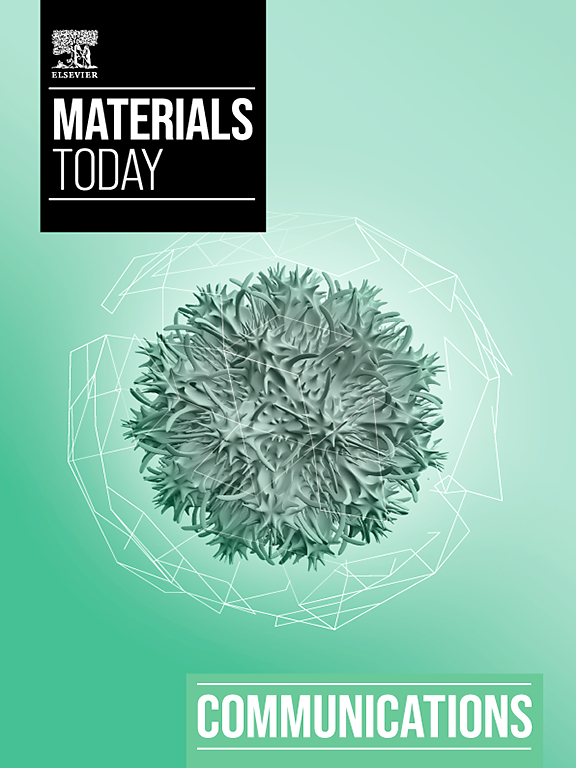利用响应面方法多目标优化水泥基材料中的海水混合与胶凝补充材料
IF 4.5
3区 材料科学
Q2 MATERIALS SCIENCE, MULTIDISCIPLINARY
引用次数: 0
摘要
用海水代替淡水生产混凝土是节约淡水资源的有效措施。然而,海水中有害离子的存在限制了其更广泛的应用。掺入胶凝补充材料 (SCM) 有可能显著减轻这些不利影响。因此,人们越来越有兴趣了解 SCMs 在掺海水的水泥基系统中的作用机制。本研究采用响应面法 (RSM) 分析了以复合基质的机械性能和干收缩率为响应目标的二次多项式预测模型。试验和分析技术阐明了偏高岭土(MK)和磨细高炉矿渣(GGBS)对海水混合后浆料水化过程的影响。结果表明,抗压强度和干缩受单因素或多因素相互作用的影响。实验验证了最佳混合设计(MK=20.2 %,GGBS=10.0 %),绝对误差为 1.5 %。微观结构分析表明,MK 和 GGBS 加快了基本的胶凝反应。3 d 前混合物强度的提高归因于阳离子交换和初始絮凝。在 28 d 的试样中,强度的增加与 Friedel 盐晶体和 C-(A)-S-H 凝胶的生长有关。由于 C-(A)-S-H 凝胶和 AFm 相的存在,氯离子被有效地固定,基质的收缩率降低。本文章由计算机程序翻译,如有差异,请以英文原文为准。
Multi-objective optimization of seawater mixing in cement-based materials with supplementary cementitious materials using response surface methodology
Seawater instead of freshwater to produce concrete is an effective measure to save freshwater resources. However, the presence of harmful ions in seawater restricts its broader application. The incorporation of supplementary cementitious materials (SCMs) has the potential to significantly mitigate these adverse effects. Consequently, there is a growing interest in understanding the mechanisms by which SCMs function in seawater-mixed cementitious systems. In this study, a quadratic polynomial prediction model with the mechanical properties and dry shrinkage of the composite matrix as the response target was analyzed by the response surface method (RSM). Tests and analytical techniques elucidated the effects of metakaolin (MK) and ground granulated blast-furnace slag (GGBS) on the hydration process of the pastes after seawater mixing. The results revealed that the compressive strength and dry shrinkage were influenced by single-factor or multi-factor interactions. The optimal mix design (MK=20.2 % and GGBS=10.0 %) was experimentally validated, showing an absolute error of 1.5 %. The microstructural analysis indicated that MK and GGBS expedited essential pozzolanic reactions. Enhanced strength in mixtures before 3 d was attributed to cation exchange and initial flocculation. In the 28 d specimens, the increase in strength was related to the growth of Friedel’s salt crystals and C-(A)-S-H gels. Due to the presence of the C-(A)-S-H gels and AFm phases, chloride ions were efficiently immobilized, and the shrinkage of the matrix was reduced.
求助全文
通过发布文献求助,成功后即可免费获取论文全文。
去求助
来源期刊

Materials Today Communications
Materials Science-General Materials Science
CiteScore
5.20
自引率
5.30%
发文量
1783
审稿时长
51 days
期刊介绍:
Materials Today Communications is a primary research journal covering all areas of materials science. The journal offers the materials community an innovative, efficient and flexible route for the publication of original research which has not found the right home on first submission.
 求助内容:
求助内容: 应助结果提醒方式:
应助结果提醒方式:


